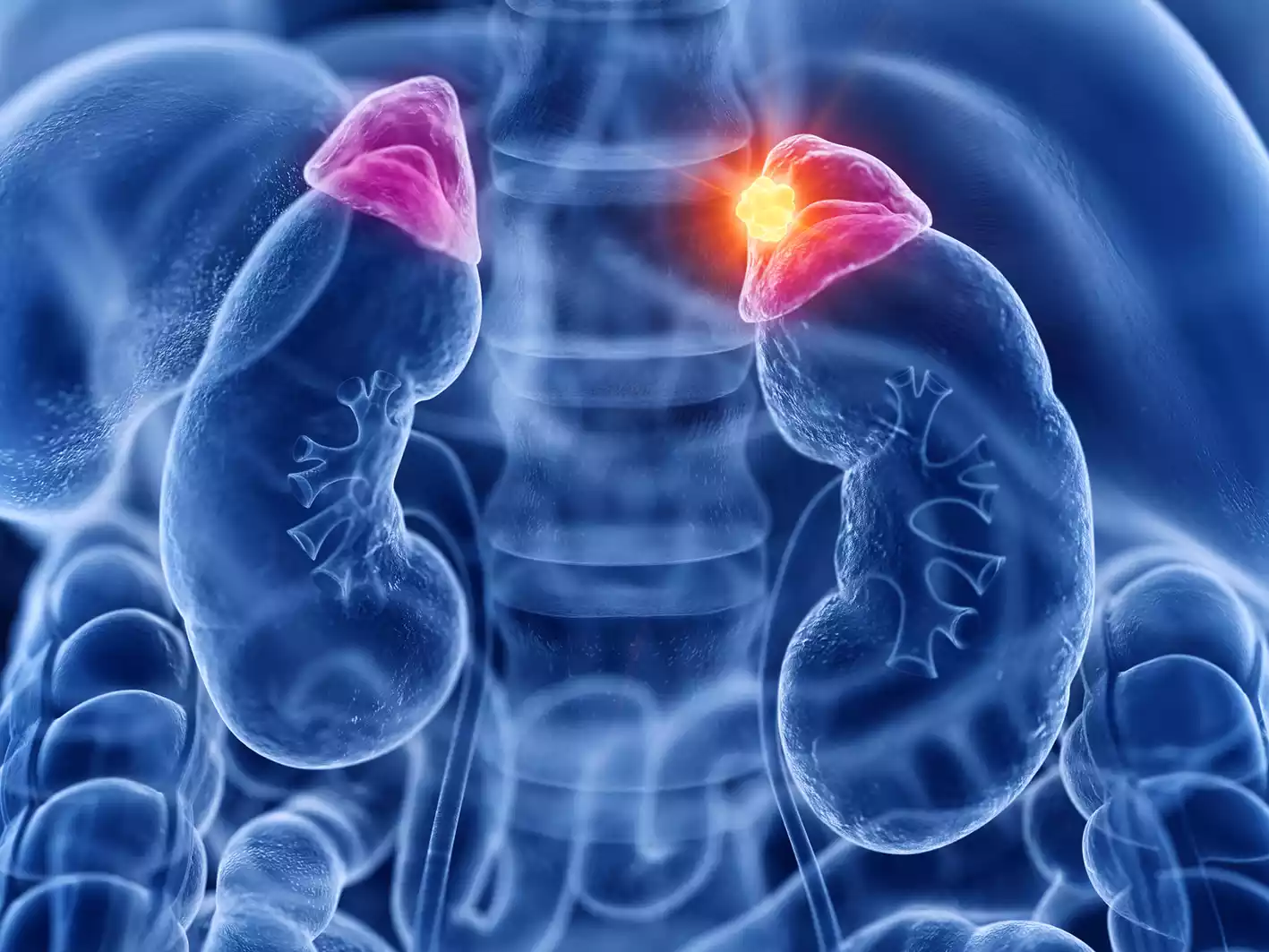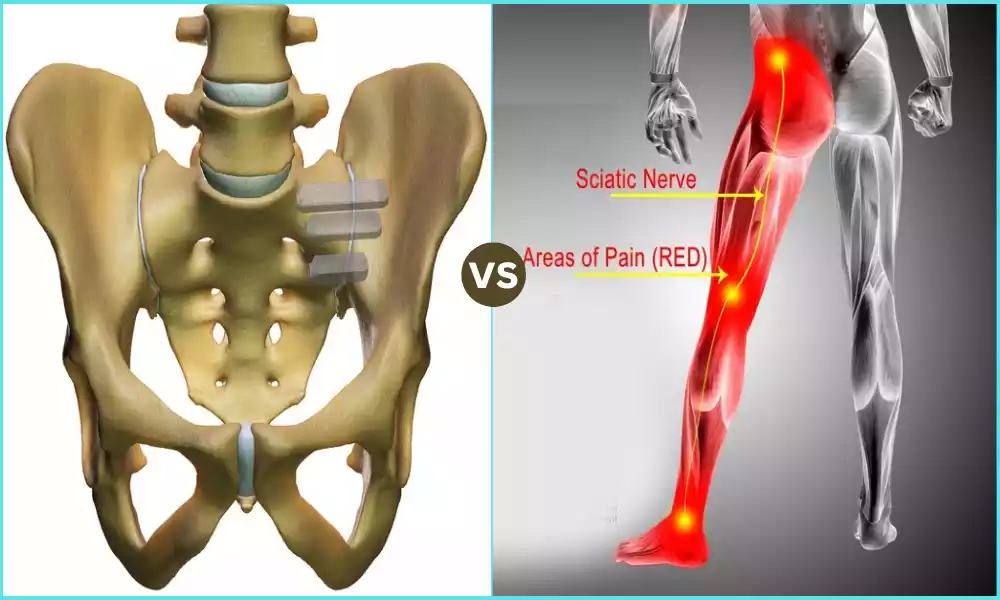Understanding the subtle distinctions between medical conditions is paramount for accurate diagnosis and effective treatment. Adenoma and Papilloma, although often mistaken as similar conditions, differ significantly in terms of origins, diagnostic methods, treatment approaches, and health implications.
Both can appear benignly as growths in different tissues with potentially differing health implications.
This article seeks to provide a thorough comparison between Adenoma and Papilloma in order to aid healthcare providers, students, curious individuals as well as curious individuals in differentiating between them both.
Explanation of Adenoma
An adenoma is a noncancerous tumor derived from glandular epithelial tissue lining internal organs and glands in the body. Adenomas typically resemble their source glandular structures and may produce hormones according to which gland it affects.
While most adenomas are considered harmless, larger ones could potentially interfere with normal organ functioning or hormone balance and even develop into cancerous tumors over time.
Examples of adenomas include pituitary adenomas, which form in the pituitary gland and may interfere with hormone production thyroid adenomas found within this gland hepatic adenomas found within liver tissues, or “renal adenoma” when an adenoma is located within either kidney or colonic tissues, etc.
The term “adenoma” often comes with additional descriptors indicating its site of origin such as “renal adenoma”.
Diagnostic techniques typically involve imaging studies like MRI or CT scans, biopsies for histological examination, and sometimes blood tests to monitor hormone levels.
Treatment options depend on size, location, and potential malignancy risk typically this means surgical removal of the growth. Hormone therapies or watchful waiting may also be recommended in certain instances.

Explanation of Papilloma
A papilloma is a benign (non-cancerous) tumor originating in epithelial tissue. While adenomas arise exclusively from glandular epithelial tissue, papillomas can arise in any kind of epithelial tissue such as skin, mucous membranes, or even ductal tissue.
They often take the form of wart-like growths found on skin surfaces but can also occur elsewhere such as the respiratory tract, gastrointestinal tract, or breasts (known as intraductal papillomas).
Most commonly, papillomas occur as skin warts caused by human papillomavirus (HPV). Other types of papillomas, like those in the respiratory tract, could be related to different viral infections or risk factors.
Diagnosis of papillomas typically includes physical examination and biopsies for histological analysis. When diagnosing genital or respiratory tract papillomas, further tests such as Pap smear or endoscopy may be required for confirmation.
Treatment for papillomas depends on their location and symptoms, with surgical removal or topical salicylic acid treatments as options for relief.
Antiviral medication may also be taken against certain forms of papillomavirus caused by the HPV virus Vaccination against them is also possible.
Although papillomas are generally benign, some types may develop into cancerous growths if left untreated for too long or associated with high-risk HPV strains.
Therefore, early diagnosis and appropriate treatments are key components in effectively managing this condition.

Comparison Table of Adenoma and Papilloma
| Feature | Adenoma | Papilloma |
|---|---|---|
| Origin | Glandular epithelial tissue | Epithelial tissue |
| Common Locations | Pituitary gland, thyroid, liver, colon, etc. | Skin, mucous membranes, respiratory tract, etc. |
| Cellular Architecture | Resembles glandular structures | Wart-like projections are often papillary or frond-like in appearance |
| Hormone Production | May produce hormones (depending on the gland) | Typically does not produce hormones |
| Prevalence | Varies by type and location | Common often related to HPV |
| Risk Factors | Age, genetic predisposition, hormonal imbalances | Age, exposure to viruses (like HPV), immune status |
| Symptoms | Vary by location may include hormonal imbalances | Vary by location often asymptomatic |
| Diagnostic Methods | Biopsy, MRI, CT scans, hormone tests | Physical examination, biopsy, Pap smear, endoscopy |
| Treatment Options | Surgical removal, hormone therapies, watchful waiting | Surgical removal, topical treatments, antiviral medications |
| Potential for Malignancy | Generally benign some risk of becoming malignant | Generally benign some types may become malignant |
| Examples | Pituitary adenoma, thyroid adenoma, hepatic adenoma | Cutaneous papilloma, intraductal papilloma, respiratory papillomatosis |
The importance of distinguishing between the two for proper diagnosis and treatment
Distinguishing between adenomas and papillomas is vitally important, both in terms of diagnostic process, treatment options available, and long-term prognosis.
Below are some key reasons this distinction must be made:
Accurate Diagnosis Tissue of Origin: Adenomas and papillomas originate in different types of epithelial tissue, and knowing this helps pathologists accurately diagnose these conditions through microscopic examination.
Conditions Related to Adenomas and Papillomas: Hormone-producing adenomas may be linked with systemic diseases like hyperthyroidism and Cushing’s syndrome, while HPV-related papillomas can often be connected with other HPV-related illnesses.
Individualized Treatment
Surgery vs. Topical Therapy: While treating adenomas with surgical intervention or hormone therapies is generally required, certain papillomas can also be treated using topical remedies like salicylic acid or antiviral medications.
Prevention of Malignancy: While both adenomas and papillomas carry some risk of malignancy, their individual risk factors and preventive measures vary widely.
To reduce cancer risks in specific adenomas, surgery should be performed prior to removal while HPV vaccines may help protect against those that pose a high risk of becoming cancerous.
Risiko Factors Different risk factors, such as age, genetic predisposition, or exposure to viruses like HPV can make someone more susceptible than another condition.
Recurrence: Recurrence rates following treatment vary and require specific follow-up for each condition.
Prognosis
Long-Term Health Implications: Untreated adenomas in endocrine glands can significantly disrupt hormone levels, impacting multiple organ systems. By contrast, untreated papillomas may potentially become malignant but typically do not pose the same serious systemic health threats.
Resource Allocation to Control Healthcare Costs: Treatment options may differ in terms of cost, length, and complexity understanding the nature of a tumor’s growth can help healthcare providers allocate resources more effectively.
Referring Patients for Care: Determining whether an individual has an adenoma or papilloma can help guide whether they require specialist referral. An endocrinologist, dermatologist, or another provider may need to be seen.
Public Health Preventive Measures: The HPV vaccine offers one such preventive measure available only to certain papillomas therefore understanding this difference will assist public health campaigns.
What are the Similarities Between Adenoma and Papilloma?
Certainly! Here’s a brief listing of the similarities between papillomas and adenomas:
Benign Tumors
- Both adenoma and papilloma form mostly benign, which means they’re usually not cancerous.
Epithelial Origin
- The two types of tumors come from epithelial cells that cover the exterior of blood vessels and organs and the interior surfaces of cavities within various internal organs.
Diagnosis
- The histological exam is crucial to establish the definitive diagnosis of both adenomas as well as papillomas.
- Physical examination may show a visible or palpable mass in both situations.
- Imaging tests like MRI, CT, or ultrasound can be utilized to determine the presence of the two types of tumors.
Non-Specific Symptoms
- Both can be unaffected or have generalized, non-specific symptoms.
- They could be found out through tests or other procedures to identify different concerns.
Surgical Treatment
- Removal by surgery is typically the first option for adenomas as well as papillomas that cause symptoms, are problematic or have a high chance of developing malignancy.
Risk of Malignancy
- Although they’re mostly healthy, both adenomas as well as papillomas could develop into malignant. Adenomas can change into adenocarcinomas, whereas the papillomas could develop into squamous cell carcinomas.
Local Growth
- Both the adenoma and the papilloma tend to grow in size due to the localization of growth.
Recurrence
- Both kinds of tumors are prone to recurrence after removal.
Monitoring
- Both require monitoring on a regular basis particularly if they are not treated in order to look for signs of growth or change into cancer.
If they can recognize these commonalities and similarities, healthcare professionals can establish an approach to the management and diagnosis of both adenomas as well as papillomas.
Reference Books
General Pathology and Histology
- “Robbins Basic Pathology” by Vinay Kumar, Abul K. Abbas, and Jon C. Aster
- “Histology for Pathologists” by Stacey E. Mills
- “Pathologic Basis of Disease” by Ramzi S. Cotran, Vinay Kumar, and Stanley L. Robbins
Oncology
- “Abeloff’s Clinical Oncology” by John E. Niederhuber, James O. Armitage, et al.
- “Cancer: Principles & Practice of Oncology” by Vincent T. DeVita Jr, Theodore S. Lawrence, and Steven A. Rosenberg
Gastroenterology (for adenomas especially)
- “Sleisenger and Fordtran’s Gastrointestinal and Liver Disease” by Mark Feldman, Lawrence S. Friedman, and Lawrence J. Brandt
- “Yamada’s Textbook of Gastroenterology” by Daniel K. Podolsky, Michael Camilleri, et al.
Dermatology (for skin papillomas)
- “Dermatology” by Jean L. Bolognia, Julie V. Schaffer, and Lorenzo Cerroni
- “Andrews’ Diseases of the Skin” by William D. James, Dirk Elston, and Patrick J. McMahon
Endocrinology (for hormone-related adenomas)
- “Williams Textbook of Endocrinology” by Shlomo Melmed, Ronald Koenig, et al.
Urology (for bladder papillomas)
- “Campbell-Walsh Urology” by Alan J. Wein, Louis R. Kavoussi, and Alan W. Partin
Conclusion
While adenomas and papillomas are two distinct types of benign tumors, originating from different epithelial tissue types and with distinct features and characteristics, they also have similarities.
Both are benign and do not necessitate a histological exam to confirm the diagnosis and can manifest with no specific symptoms or appear in a sporadic manner.
Removal by surgery is typically the most effective treatment for both conditions, and each has a chance of malignant transformation if not treated. Knowing these commonalities is essential for health professionals to create accurate diagnoses and formulate efficient treatment plans.







